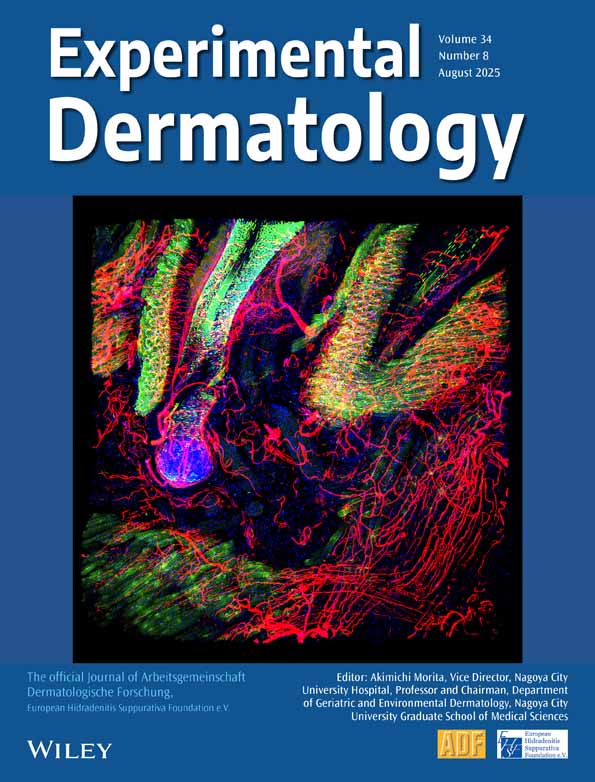Effects of detergents on proliferation and metabolism of human keratinocytes
Abstract
Abstract Effects of low concentrations of detergents on cultured human foreskin keratinocytes were assessed in vitro. The viability and activity of keratinocytes were assessed by measuring reduction of a tetrazolium dye as an indicator of mitochondrial metabolism. The keratinocyte proliferative responses after incubation with detergents were assessed by a spectrophotometric assay employing crystal violet dye and a fluormetric assay determining total DNA content. Both the cationic detergent cetyltrimelhylammonium bromide [CTAB] and the anionic detergent sodium lauryl sulfate [SLS] showed toxic effects on keratinocytes at concentrations as low as 3 μg/mg, but SLS was less toxic. However, both SLS and CTAB activated keratinocytes at very low concentrations. Proliferalive activity and mitochondrial metabolism increased. Serum partially protected keratinocytes against toxic and stimulatory activities of both detergents. We suggest that detergents may directly damage keratinocytes and thereby produce irritant contact dermatitis, but activation of keratinocytes by low concentrations may also produce dermatitis, perhaps by causing keralinocvtes to release cytokines




